Adams Morgan residents Jose Vazquez and Elizabeth Ruiz said they heard scurrying several months ago at a vacant neighboring property on Mozart Place.
Two rats under a flattened cardboard box seemed to be fighting in front of the house, they said.
Later, Vazquez said he saw another rat running about a different vacant property on their street.
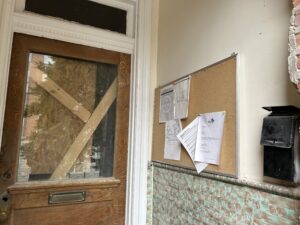
Samaritan Inns is a residential addiction treatment center that owned the two properties and operated them as halfway homes. The treatment center sold the townhouses to developer Tennessee Plaza LLC in January, according to Samaritan Inns CEO LeRoy Pingho.
The neighbors say the two vacant Mozart Street properties raise concerns about rat infestation. They also wonder where Samaritan Inns moved the residents when they sold the property to Tennessee LLC.
The long-term residents relocated to a Samaritan halfway house on 14th Street, according to Pingho.
Vazquez and Ruiz’s home is sandwiched between the former halfway houses, near the intersection with Fuller Street. They said they saw construction crews gut one of the properties a couple of months ago, but since then, they remained untouched.
“We thought they were maybe renovating, but it’s been so long now,” said Vazquez and Ruiz.
According to DC SCOUT Property Records, Tennessee Plaza’s Construction/Alteration and Repair permit is still in the review process.
Tennessee Plaza cannot continue construction until the permit is approved. The property records show that Tennessee Plaza started the permit approval process in July.
According to the D.C. Department of Buildings official website, simple projects can receive permit approval between one and 30 days. More complex projects can take between six to 12 months before a permit can receive approval.
Department of Buildings officials did not respond to specific questions about the properties.
Do rats target vacant properties?
When The Wash informed Vazquez and Ruiz about Tennessee Plaza’s pending permit approvals, the couple said they worry that when construction begins, it will bring rats to their property.
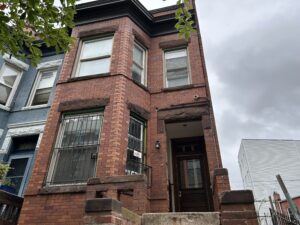
However, D.C. Health said in an email that rats do not specifically target vacant homes unless they can find food and water nearby. But, conditions like overflowing trash cans around the property can attract rats, the agency said.
The Wash reported on trash and waste mismanagement issues in Adams Morgan September, finding that many residents in the area continue to deal with rat infestations.
Vazquez, Ruiz, and their neighbor, Robert Feit, are also victims of trash management problems and rats. Vazquez and Ruiz said they calculated that residential trash pickup failed to collect their trash on 30% of all collection days this year.
The situation wasn’t rectified until Aug. 28, following an email from Robert Butler, public affairs specialist with the Department of Public Works. He said staff shortages were a major contributor to collection delays.
Since the residents received that email, they said the Department of Public Works has successfully collected their trash three weeks in a row.
While Vazquez and Ruiz have dealt with trash pickup issues, Feit said he has decided to take rats infesting his property into his own hands.
A private pest control company completes routine checks at his residence every three months, and Feit said he has completely reconstructed his backyard to mitigate potential rat damage.
“I’m doing all that I can to address it, but even then, there are rats around the neighborhood,” said Feit.
ANC 1C09 Commissioner Katherine Swanson said that if the vacant properties are infested with rats, the city should do something about it.
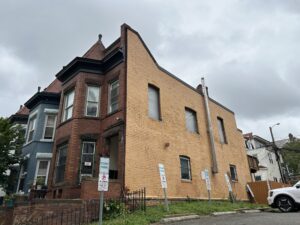
“It would be great if the city could do more to pay attention to those vacant properties and make sure that we’re taking proactive measures to keep rats from making homes in them,” said Swanson.
The Residents at Samaritan Inns
When Samaritan Inns sold the properties to Tennessee Plaza, the long-term residents were consolidated into a Samaritan Inns building on 14th Street, according to Pingho.
Pingho said he sold the places for two reasons: the small size of the building and ADA (Americans with Disabilities Act) regulations.
Because the buildings were so small, the cost of running the halfway houses was always greater than the revenue Samaritan Inns could raise, according to Pingho.
Furthermore, “none of the buildings were equipped for ADA. They were not the right types of buildings,” said Pingho.
Pingho wouldn’t say if the short-term residents were also consolidated into 14th Street.
“I’m going to say it really doesn’t matter because [short-term residents] are used to the notion that they’ll be moving around,” he said.
“I don’t want to sound heartless, but the people who’ve had these places [the halfway houses] had come out of being under bridges, so they were grateful for any space,” said Pingho.

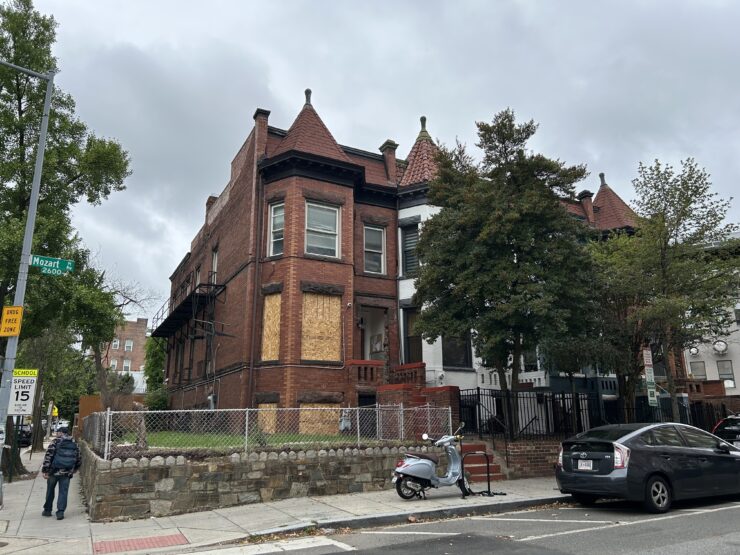
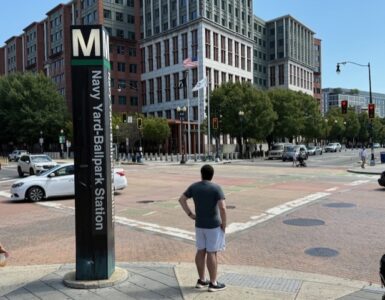












Add comment